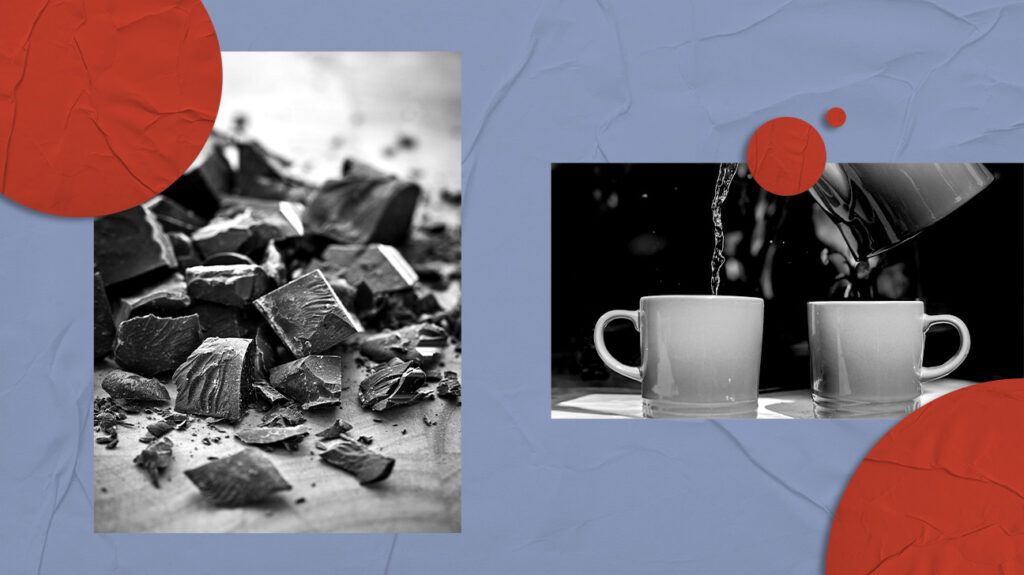Are Foods with Short Ingredient Lists Truly Healthier? Insights from a Nutrition Expert

Understanding whether foods with short ingredient lists are healthier can guide better dietary choices. Learn what the length of an ingredient list really indicates about processed foods and nutrition.
Many consumers believe that choosing foods with shorter ingredient lists automatically equates to healthier options. This popular rule of thumb suggests that such foods are less processed, more natural, and thus better for health. However, the reality is more nuanced. Ingredients lists can tell us some information but not everything about a product's nutritional quality.
In most packaged foods, the ingredient list details the type and amount of each component, listed in order of weight. This means the first ingredients are the most prevalent, and the list’s length can indicate the degree of processing. Whole foods, which are minimally processed, often have very short ingredient lists or none at all, like fresh fruits, vegetables, and unprocessed meats. Canned or frozen varieties of produce and fish, as well as plain yogurt, are examples of minimally processed foods that contribute to a healthy diet.
On the other hand, ultra-processed foods typically feature long ingredient lists filled with added sugars, artificial flavors, colors, modified oils, and preservatives. These products are designed for convenience and hyperpalatability but tend to be less healthy. Examples include meal-replacement drinks, plant-based meat substitutes, baked goods, and snack foods. These products, despite sometimes having short ingredient lists, might still contain high amounts of unhealthy fats or sugars.
It's important to remember that a short ingredient list does not automatically mean the food is nutritious. The types of ingredients matter significantly. For example, a product with few ingredients but high in added fats or sugars may not be a daily healthy choice. Similarly, items with long ingredient lists can sometimes contain beneficial ingredients, like nuts or whole grains, especially if they are minimally processed.
Additionally, non-food additives such as artificial colors, flavors, stabilizers, and sweeteners—collectively known as cosmetic ingredients—also show up in ingredient lists. Multiple such additives can be indicative of highly processed, ultra-processed foods.
In summary, while choosing foods with shorter ingredient lists can be a helpful guideline, it should not be the sole criterion. Considering the nature of the ingredients and maintaining a varied diet rich in whole foods are key elements of healthy eating. Always check the nutrition facts panel for more detailed nutritional information, such as energy, fats, sugars, and sodium, to make balanced dietary choices.
Source: MedicalXpress
Stay Updated with Mia's Feed
Get the latest health & wellness insights delivered straight to your inbox.
Related Articles
Certain Flavonoids in Tea and Chocolate May Help Lower Blood Pressure
Discover how flavonoids in tea and chocolate may help lower blood pressure and support heart health through improved endothelial function and healthy diet choices.



